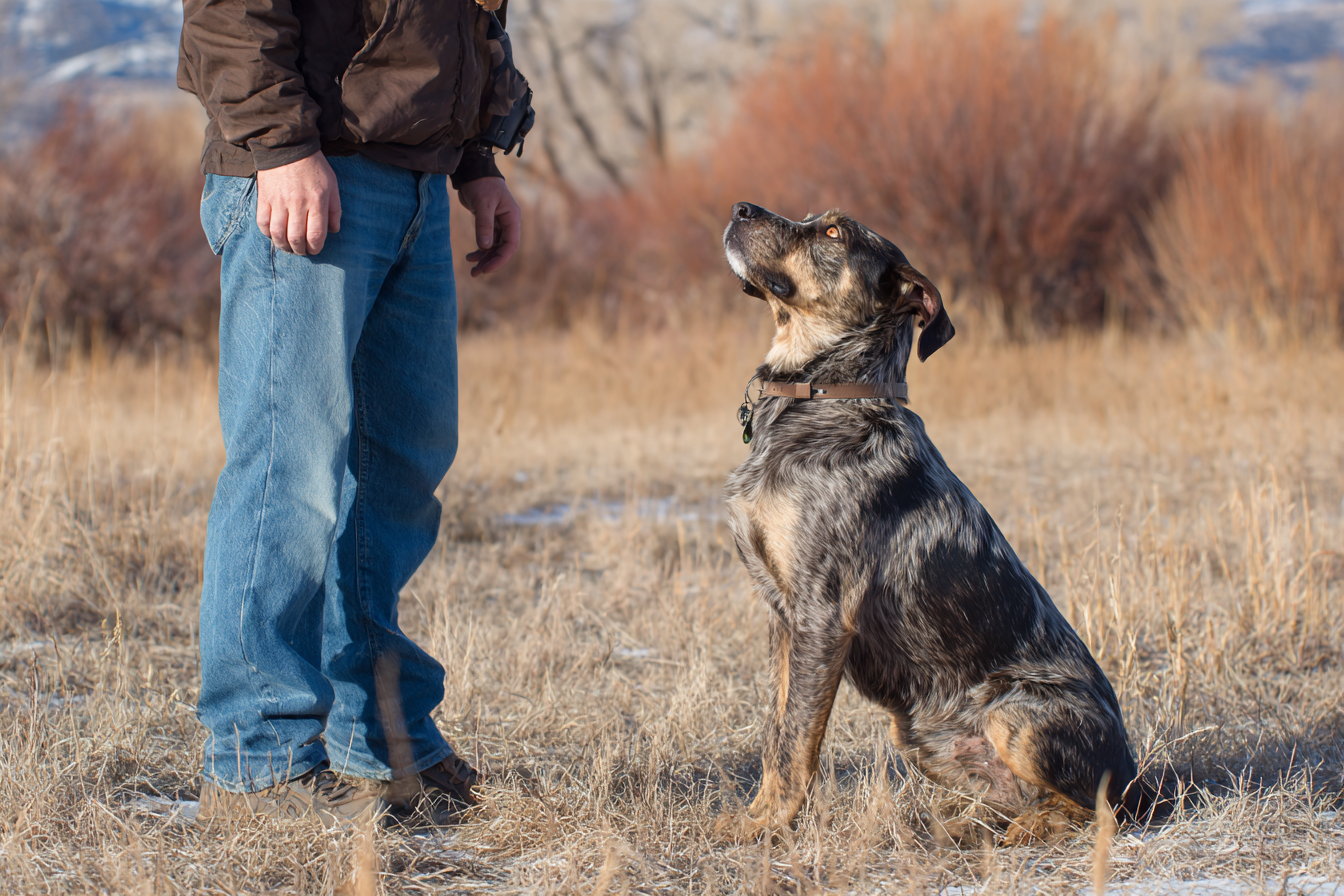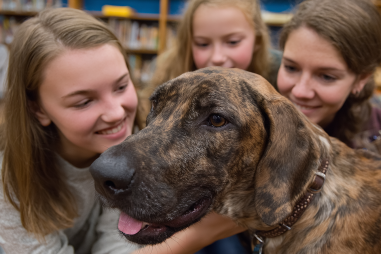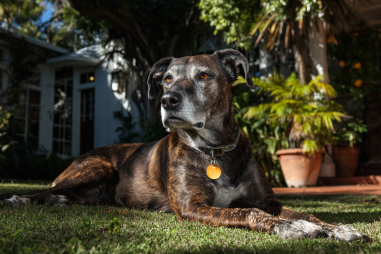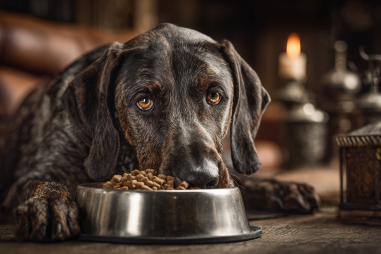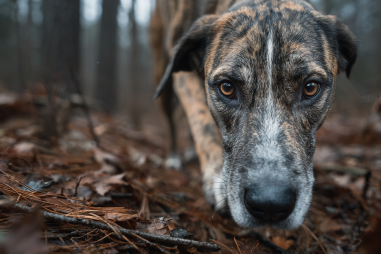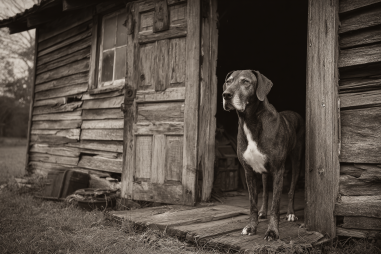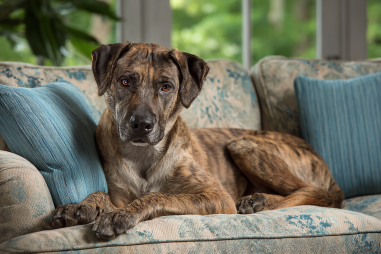Plott Hounds are known for their keen hunting instincts, loyalty, and spirited nature. However, like any dog breed, they can develop behavior problems if their physical and mental needs aren’t met properly. Understanding the root causes of these issues and how to address them can help you enjoy a well-behaved, happy Plott Hound. In this article, we’ll explore common behavior problems in Plott Hounds and provide practical tips on how to fix them effectively.
Typical Behavioral Challenges in Plott Hounds
Plott Hounds are high-energy dogs bred for tracking and hunting, which naturally influences their behavior. Some common issues that Plott Hound owners may face include excessive barking, digging, chewing, and hyperactivity. These behaviors often arise from boredom, pent-up energy, or anxiety. Since Plott Hounds have a strong prey drive and are very vocal by nature, they require consistent training and plenty of stimulation to channel their energy positively.
Another challenge with this breed is their independent streak. Plott Hounds may sometimes exhibit stubbornness, which can complicate training unless approached with patience and persistence. Without appropriate guidance and exercise, these dogs may become destructive or develop separation anxiety when left alone for extended periods.
Causes Behind Common Problems Such as Barking, Digging, and Chewing
Understanding why your Plott Hound is exhibiting unwanted behaviors is the first step toward correcting them.
Barking
Barking is a natural form of communication for Plott Hounds, often used to alert their owners to intruders or unfamiliar sounds. However, excessive barking can stem from boredom, frustration, or anxiety. If a Plott Hound is left alone for too long or lacks mental stimulation, they might bark excessively as an outlet for their energy or stress.
Digging
Digging is another instinctual behavior for Plott Hounds, linked to their hunting heritage. They may dig in the yard to search for scents, create cool spots to lie down, or simply out of boredom. Without proper outlets for their digging instincts, they can cause damage to your garden or landscaping.
Chewing
Chewing is normal in puppies as they explore their environment and soothe teething discomfort. However, adult Plott Hounds should not engage in destructive chewing unless there is an underlying issue such as boredom, anxiety, or insufficient exercise. Chewing can also be a response to stress or lack of appropriate chew toys.
Training and Management Strategies
Addressing Plott Hound behavior problems begins with structured, consistent training. Early socialization and obedience training are crucial in shaping a well-mannered dog. These dogs respond best to positive reinforcement methods—using treats, praise, and affection to encourage good behavior.
When training your Plott Hound, incorporate these strategies:
- Set clear boundaries: Consistency is key in letting your dog know which behaviors are acceptable.
- Use commands effectively: Teach basic commands like “sit,” “stay,” and “come” to promote control and safety.
- Redirect unwanted behavior: If your dog begins barking excessively or chewing furniture, redirect their attention to a toy or activity.
- Practice patience: Plott Hounds can be stubborn, so gentle but firm repetition is essential.
Additionally, crate training can help manage separation anxiety and prevent destructive behaviors when you’re not home. Make sure to create a positive association with the crate by offering treats and comfort items.
Role of Exercise and Mental Enrichment
One of the most important factors in preventing behavior problems in Plott Hounds is providing plenty of physical exercise and mental stimulation. A tired dog is much less likely to engage in problem behaviors. Because Plott Hounds were bred for stamina and tracking, they require vigorous daily exercise such as long walks, runs, or games of fetch.
Mental enrichment is equally important. Puzzle toys, scent games, and obedience training sessions can challenge their intelligence and keep their minds sharp. Consider activities such as:
- Hide-and-seek with treats or favorite toys
- Tracking exercises that simulate hunting scenarios
- Interactive puzzle feeders
- Agility or obedience classes
Engaging in these activities regularly helps satisfy your Plott Hound’s natural instincts and reduces the risk of destructive or frustrating behaviors borne out of boredom.
When to Seek Professional Help
Sometimes, despite your best efforts, behavior problems persist or escalate. In these cases, it’s wise to consult a professional dog trainer or a veterinary behaviorist. A professional can help assess if the issue stems from anxiety, fear, or other deeper psychological causes, and tailor an intervention plan specifically for your Plott Hound.
Professional help is especially crucial in cases of aggression, severe anxiety, or obsessive behaviors, which may require specialized training techniques, behavior modification programs, or, in some cases, medical intervention. Early intervention can prevent problems from worsening and improve the quality of life for both you and your pet.
Tips for Positive Behavior Reinforcement
Positive reinforcement is one of the most effective methods to encourage good behavior in Plott Hounds. This means rewarding your dog for good behavior rather than punishing unwanted actions. By using rewards like treats, verbal praise, and playtime following desired behaviors, your Plott Hound learns to repeat these behaviors to earn positive outcomes.
Some tips to reinforce good behavior include:
- Timing rewards immediately after the desired behavior to help your dog make the connection.
- Keeping training sessions short and fun to maintain your dog’s interest.
- Gradually increasing challenges as your dog masters commands or tasks.
- Remaining calm and consistent, avoiding any harsh tones or physical punishment which can create fear or resistance.
- Using a variety of reward types to keep motivation high—sometimes a toy or extra playtime can be even better than treats.
By focusing on what your Plott Hound is doing right, you build a stronger bond and help foster a confident, obedient companion.
Helping Your Plott Hound Thrive
Plott Hounds make wonderful pets for those who understand their unique needs. Addressing common behavior problems involves a combination of exercise, mental stimulation, consistent training, and affectionate guidance. By recognizing the reasons behind their behaviors and responding with patience and positivity, you can prevent many problems before they start and successfully manage those that arise.
If you invest time in these strategies, your Plott Hound will grow into a well-behaved, joyful member of your family. Remember, each dog is an individual with its own personality, so be prepared to adapt techniques that work best with your furry friend. With the right care and attention, you’ll enjoy a rewarding relationship full of loyalty and adventure.

